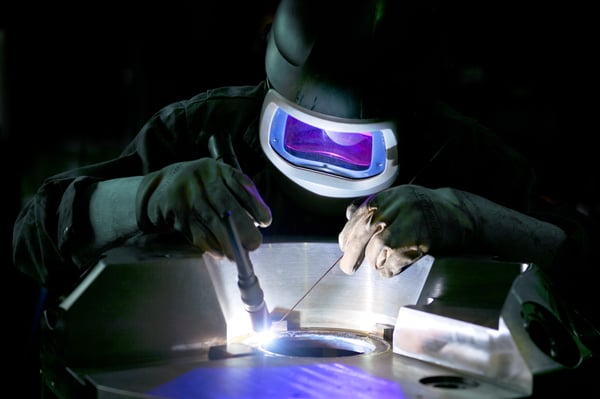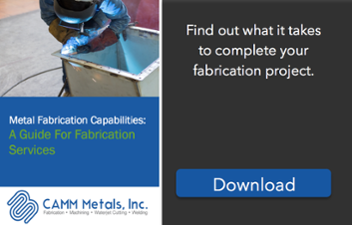Many welding operators state that poor wire feeding is among the most common challenges they face on a daily basis. Poor wire feeding can lead to increased downtime, wasted consumables, and a decrease in overall weld quality. There are many different variables that can lead to wire feeding issues. Although welders often assume the filler metal is the source of the problem, there are many other issues that can also be the cause. Read below to learn about some of the most common causes of wire feeding issues in welding.

1. Feeder or Equipment Issues
Issues with your feeder or equipment used in the weld can often be the cause of wire feeding issues. If the drive rolls don’t move when the gun trigger is pulled, it could be because of a feeder relay malfunction or a broken relay. If there is no response when you pull the trigger, it might be because of a broken control lead. If you use an adapter to connect the gun to the feeder, your wire feeding problems could be caused by a poor adapter connection. Improper guide tube installation can also cause wire feeding issues because it can prevent the wire from feeding properly from the drive rolls into the gun.
2. Drive Roll Considerations
Using the incorrect size or style of drive roll is a common source of poor wire feeding. The drive roll size should match your wire size. The correct style of drive roll depends on the type of wire you’re using. A standard V-shaped drive roll is the best choice for solid wire, while a V-knurled drive roll is the best choice for cored wires. Proper drive roll tension is also important to ensure smooth wire feeding. Too much tension can crush the wire or cause wire peeling and liner debris.
3. Liner Issues
Problems with the liner are some of the most common causes of wire feeding problems. You should check that the liner is the proper length, size, and style for the size and style of wire you’re using. Using the wrong type of liner can lead to poor wire feeding. You should also check for debris buildup inside the liner, as debris can disrupt the welding process and cause feeding issues.
4. Contact Tip Wear
Over time, the contact tip and diffuser can wear down and get dirty. When the contact tip wears down, the shape of the hole can change into more of an oblong shape. This change in shape can lead to poor wire feeding. Small balls of spatter can also fuse inside the contact tip over time, which can lead to burnback or poor wire feeding. If you’re experiencing wire feeding issues, you should check the contact tip to make sure it hasn’t worn down and is free of debris.
5. Gun Length
If none of the above factors are the culprit of poor wire feeding, you might be using the wrong length of gun. When the gun cable is too long, it can cause kinking or bunching. The gun cable needs to be as straight as possible with the proper length of gun to prevent any feeding issues. Although guns that are too long will provide greater mobility for the welder, it will require much higher forces to feed the wire.
CAMM Metals | CT Welding and Manufacturing Company
It's crucial to do your research when choosing a metal fabrication, as not all companies are capable of completing the same quality of work. CAMM Metals has years of experience, honing our skills across the board to deliver a quality product and measurable bottom line value to our customers.



